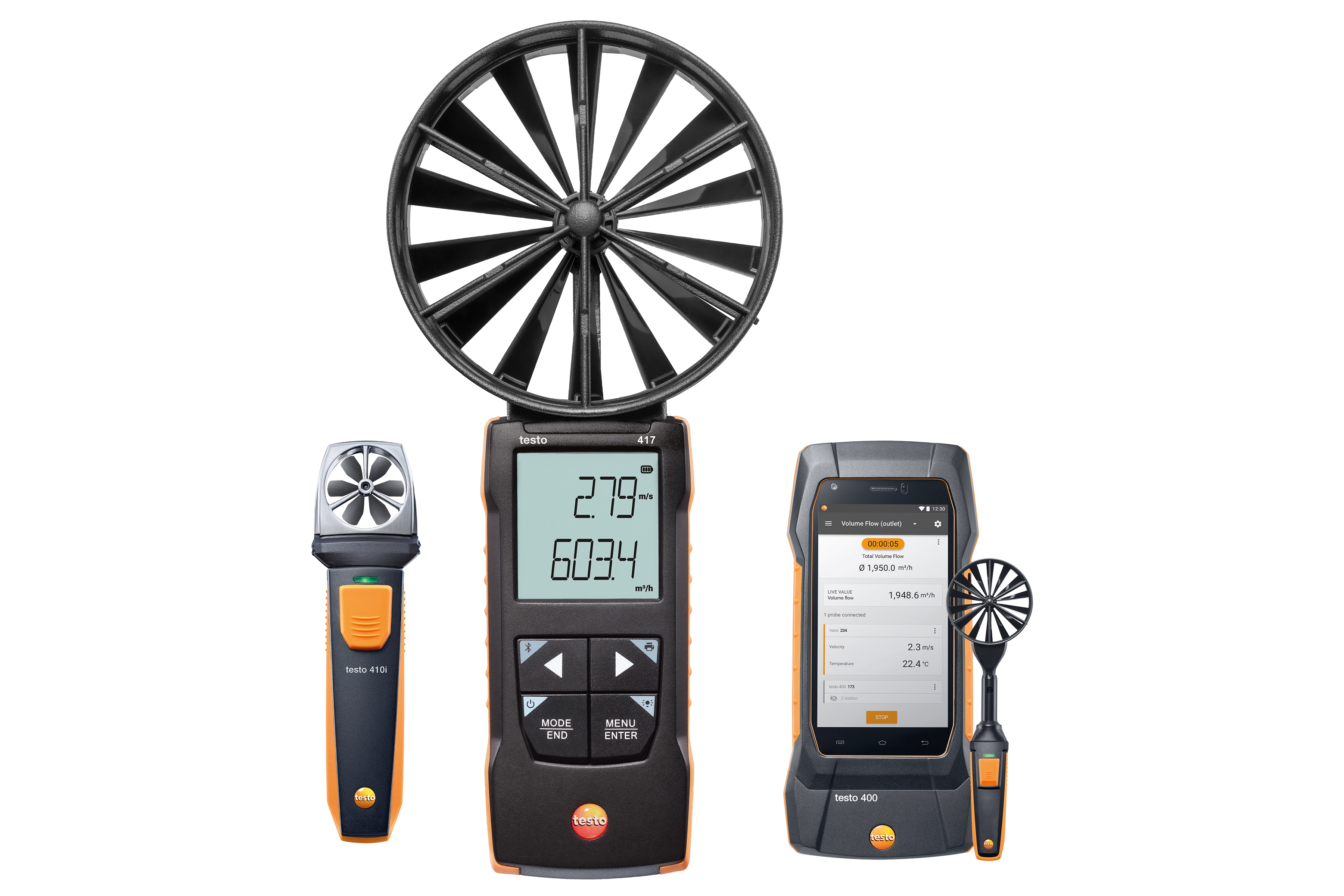Top Attributes to Seek in a Reliable Anemometer for Accurate Wind Measurement
Top Attributes to Seek in a Reliable Anemometer for Accurate Wind Measurement
Blog Article
All You Required to Know Regarding Anemometers: Exactly How They Work, Why They Matter, and Where to Use Them
Anemometers, however usually neglected in the world of clinical tools, play an essential role in various areas, supplying beneficial insights into wind rate and air movement patterns. Comprehending the technicians behind these gadgets is important for anyone looking for to harness the power of this information. From meteorologists tracking weather condition patterns to engineers making structures with wind lots in mind, the applications of anemometers are far-ranging and diverse. As we dig into the details of anemometer innovation, we will certainly uncover the internal workings of these gadgets, their value, and the essential factors to consider when choosing the best anemometer for details applications.

Anemometer Fundamentals
A necessary tool used to measure wind rate and instructions, the anemometer plays an essential role in meteorology and numerous sectors. An anemometer typically consists of three or 4 mugs that rotate in the wind, a vane that directs into the wind, and sensors to track the activities or turnings. By calculating the rotations or movements over a particular period, the anemometer can determine wind rate. The vane aids figure out wind direction by pointing right into the wind, offering important information for climate forecasting, aviation, maritime operations, ecological surveillance, and wind power applications.
There are different kinds of anemometers available, including mug anemometers, vane anemometers, hot-wire anemometers, and sonic anemometers, each with its unique features and applications. Cup anemometers are typically utilized for basic wind speed dimensions, while vane anemometers are favored for directional measurements.
Principles of Anemometer Operation
Building on the foundational understanding of anemometer basics, the principles of anemometer procedure illuminate the auto mechanics behind wind speed and direction dimensions. Mug anemometers, for circumstances, have 3 or even more mugs that record the wind, creating them to rotate quicker as the wind speed rises. Hot-wire anemometers depend on a heated wire that cools down as wind passes over it, with the price of cooling down figuring out the wind speed.
Relevance of Anemometers
Anemometers play a critical role in measuring wind rate and direction, offering necessary information for weather condition forecasting, climate research have a peek at this site studies, ecological monitoring, and air travel operations. Meteorologists depend on anemometers to gather precise wind information, assisting them comprehend weather condition patterns, anticipate storms, and problem prompt cautions to the public. Wind ranch operators use anemometers to evaluate wind problems and maximize electrical power manufacturing from wind generators.
Applications Throughout Various Industries
In the renewable power industry, anemometers play an essential role in assessing wind conditions for wind farm positionings, making sure optimal energy manufacturing. Industries like building and mining make use of anemometers to check wind speeds, vital for safety and security protocols, specifically when functioning at elevations or in open-pit mines where solid winds can present dangers. In agriculture, anemometers help farmers in taking care of plant splashing by offering real-time data on wind speed to stay clear of drift.

Picking the Right Anemometer for Your Requirements
For general objectives, a mug anemometer is appropriate for determining wind speed, while a vane anemometer supplies wind direction data. Hot-wire anemometers check these guys out are perfect for low airspeed measurements, and ultrasonic anemometers provide high precision and sturdiness.

Final Thought
To conclude, anemometers play a vital duty in gauging wind rate and direction throughout different markets. Comprehending the principles of anemometer procedure is necessary for selecting the best device for specific requirements. From meteorology to aeronautics, anemometers are essential devices for ensuring and accumulating precise data safety and security in different applications. It is crucial to consider the significance of anemometers Discover More in order to make enlightened decisions when choosing the most appropriate tool for determining wind problems.
There are numerous kinds of anemometers available, consisting of mug anemometers, vane anemometers, hot-wire anemometers, and sonic anemometers, each with its one-of-a-kind features and applications. Cup anemometers are generally made use of for fundamental wind speed measurements, while vane anemometers are favored for directional dimensions. Hot-wire anemometers are suitable for reduced airspeeds, and sonic anemometers are suitable for high-precision dimensions in study and industrial settings.Building on the foundational understanding of anemometer fundamentals, the concepts of anemometer procedure clarify the mechanics behind wind speed and direction measurements. For general functions, a cup anemometer is appropriate for determining wind rate, while a vane anemometer provides wind instructions information.
Report this page